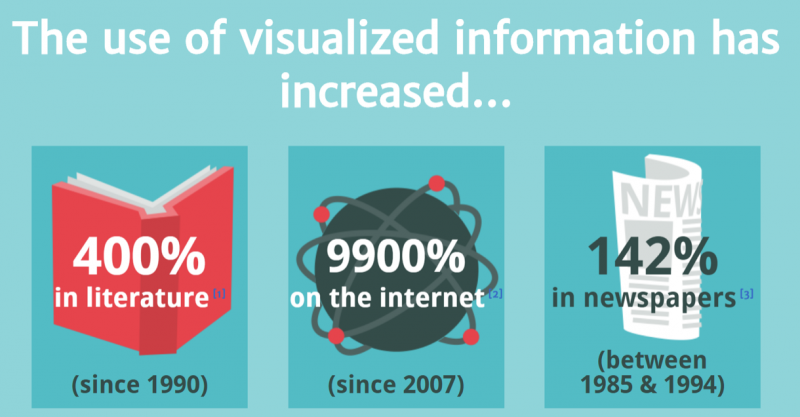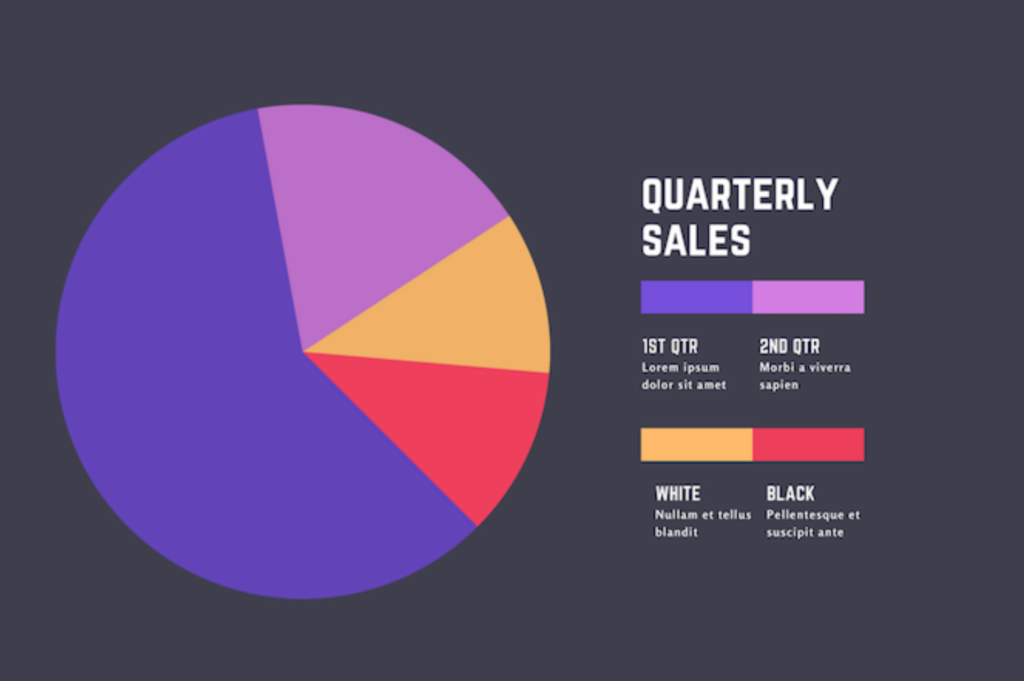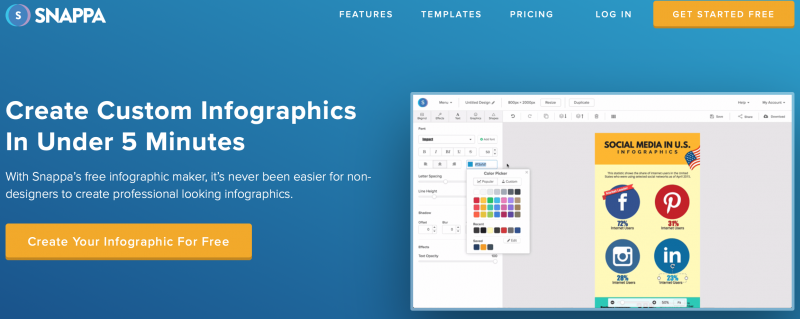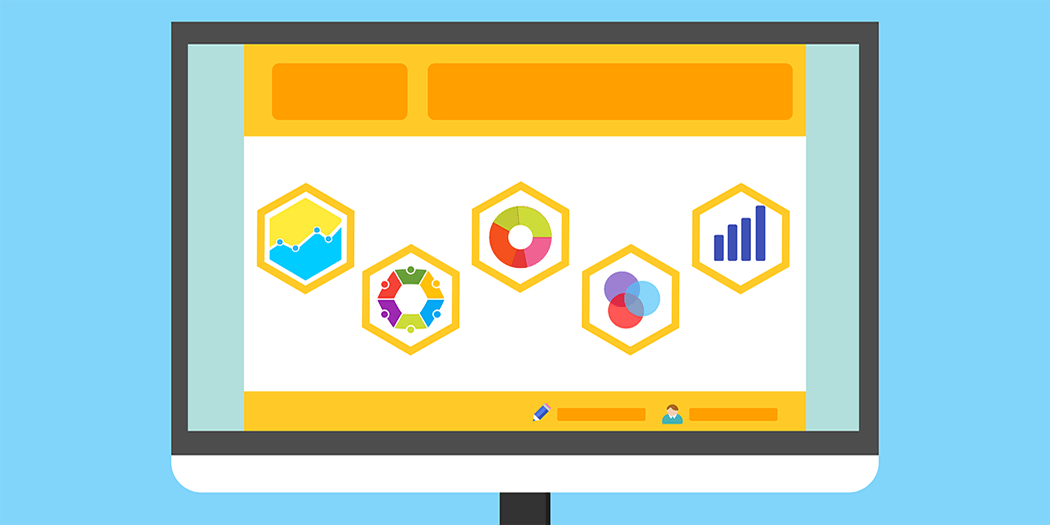3 Reasons to Use Infographics in Your Content
Today’s digital landscape is packed full of information. It’s now easier than ever to get the answers you want, and in record time. However, including long lists of data or other details in your blog posts is likely to make audiences switch off – so it’s important to find another way to grab their attention.
Including infographics in your content is a smart way to do that. These visual aids make complex information easy to digest – meaning that your visitors are more likely to stick around and absorb your message. This is essential in many ways, particularly when you’re looking to reduce your bounce rate.
In this post, we’ll explain what infographics are, and show you some examples. We’ll also discuss three of the ways they can be beneficial to your website. Let’s get started!
What Infographics Are (And What Forms They Take)
If you use your website as a way to share about your chosen industry, it’s likely that many of your posts are highly informational. While this kind of content can be very valuable, you need to keep your audience’s needs and attention span in mind when creating it. In other words, are lines and lines of statistic-heavy content the best way to keep them engaged?
This is where infographics come into play:

Infographics are a form of visual communication intended to capture your audience’s attention, and keep them interested in more factual and complex content. Infographics are usually defined by their combined use of both data and graphics, although they can take many forms, including:
- Graphs
- Pie charts
- Bar charts
- Editorial infographics
- Timeline infographics
Whatever the type, infographics use minimal to moderate amounts of text, enhanced by icons, shapes, colors, and other visual elements. What style you create depends on the content you wish to feature. For example, data that centers around percentages might be best visualized using a pie chart:

Infographics can be easily included in traditional text-based posts to support or clarify information, but they also work well when used alone. This makes them an incredibly versatile way to produce content – although that’s just the tip of the iceberg when it comes to their benefits.
3 Reasons to Use Infographics in Your Content
Using infographics can actually benefit your site in more ways than one. Let’s start by exploring one of the most evident advantages – their ability to make ‘heavy’ content more accessible to readers.
1. Infographics Make Complex Information Easy to Digest
One of the primary reasons to use infographics is because they make complex data easier to understand. Many blogs exist purely to inform their users about certain subjects, but long ‘walls of text’ can often be difficult to digest.
This where the power of infographics comes in handy. The brain processes visual information 60,000 times faster than text, so using this kind of content enables you to convey relevant information through understandable chunks. In other words, most readers won’t appreciate lines and lines of detailed information, as it can be overwhelming and less understandable.
This is especially important if you’re looking to reduce your site’s bounce rate. A reader ‘bounces’ when they only interact with a single page on your site, then exit before clicking on any links or consuming any other content.
A high bounce rate can be an indication that something on your site needs to change – such as your current approach to producing content. If your number-filled blog posts are scaring visitors away, taking a more visual and reader-friendly approach can encourage your audience to stick around.
2. They Can Boost Your SEO Efforts
Although you may not initially expect it, adding infographics to your content can actually boost your site’s SEO. This is largely because they have the potential to become ‘viral’. Viral content is shared frequently across a range of platforms, and has the ability to reach a very large audience.
Visual content such as an infographic is most likely to have this effect. In fact, studies have shown that content containing images or graphics can generate 94% more views than content that doesn’t. What’s more, if you include a link along with the infographic, you can bring lots of new visitors back to your site by increasing your number of ‘backlinks’.
Frequent backlinks indicate to Google that you are a known and valued source of information. This encourages the search engine’s bots to rank your website higher within Search Engine Results Pages (SERPs). Any business owner knows the importance of a strong ranking, so taking this additional chance to boost yours could be incredibly beneficial.
3. You’ll Be Able to Raise Brand Awareness
Finally, frequent sharing of your infographics can also help to build awareness of your brand. Infographics are shared on social media three times more than any other type of content, making them an excellent tool for getting your name out there and letting people know what you stand for.
You can easily include relevant information about your brand within your infographics themselves – such as your logo, website address, and any relevant social media pages. Displaying this information could increase your traffic by at least 12%, since many of those who are interested in your infographic are likely to want to find out more.
Using infographics goes beyond merely telling people about what your brand has to offer – it shows them. Around 65% of people are visual learners, so this can often be a much more effective way of spreading your message.
How to Create Your Own Infographics
If you’re looking to capitalize on the benefits listed above, the good news is that crafting your own infographics is surprisingly simple. This is thanks to the wide range of accessible tools that can help you get started.
For example, online services such as Canva and Snappa are particularly useful when you’re looking to create informational and timeline graphics:

Both services feature drag-and-drop editors that make assembling your content much easier than doing so manually. They’re also free to join – although some advanced features require signing up for a plan.
You can also use Google Charts to build charts and bar graphs. With a little research, you’ll find that putting together stylish infographics isn’t hard, even if you’re not a designer.
Conclusion
The unfortunate truth is that, no matter their quality, lengthy blog posts are likely to turn some visitors away. To keep site visitors on your page and interested in what you have to say, you can use infographics to make your heavier content ‘snackable’.
In this post, we’ve identified three of the reasons you should consider including infographics in your content:
- The visual element makes complex content easier to digest.
- Adding infographics to your site can help boost its SEO.
- Frequent sharing of your infographics builds awareness of your brand.
Image credits: Pxhere, Canva, NeoMam Studios.

